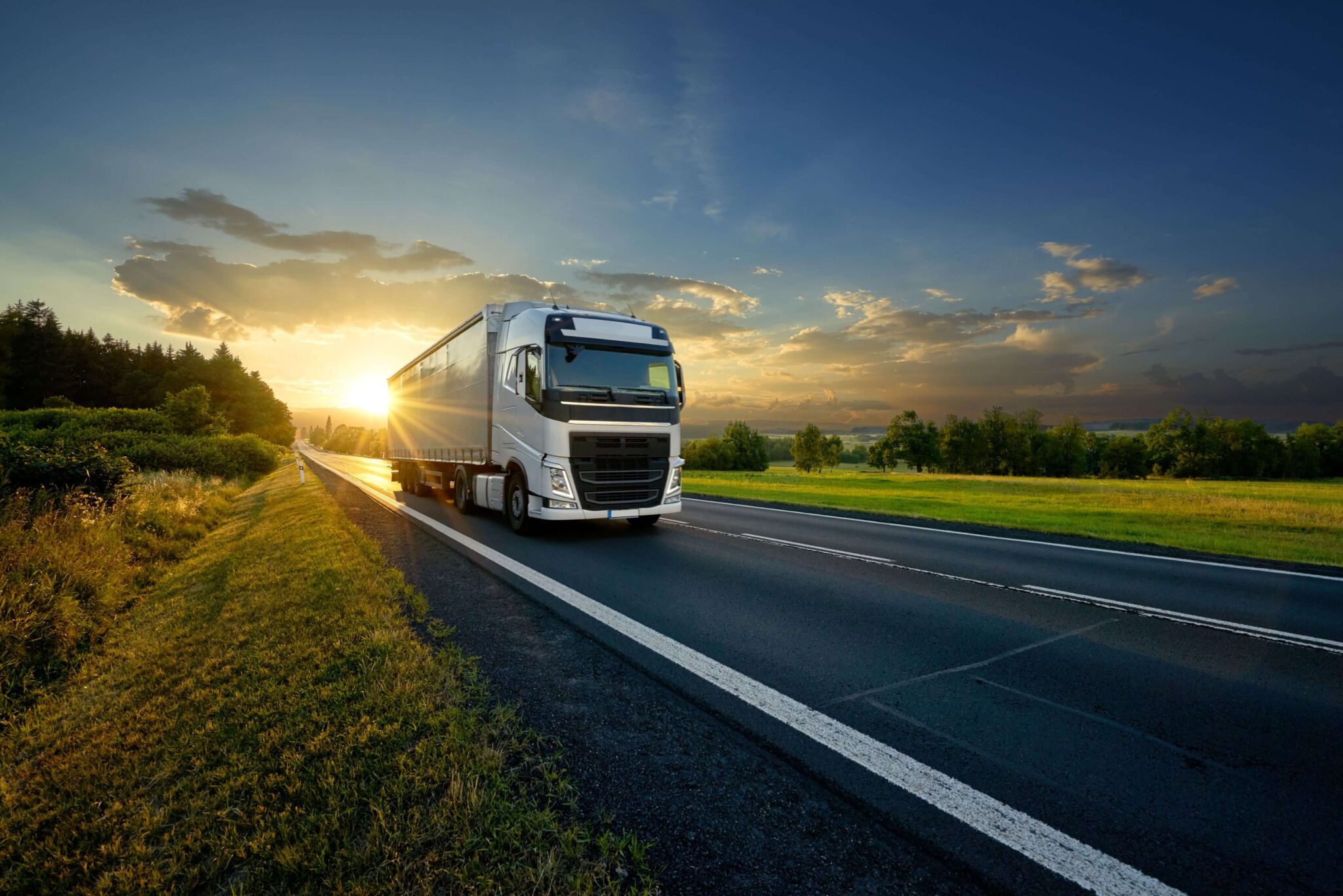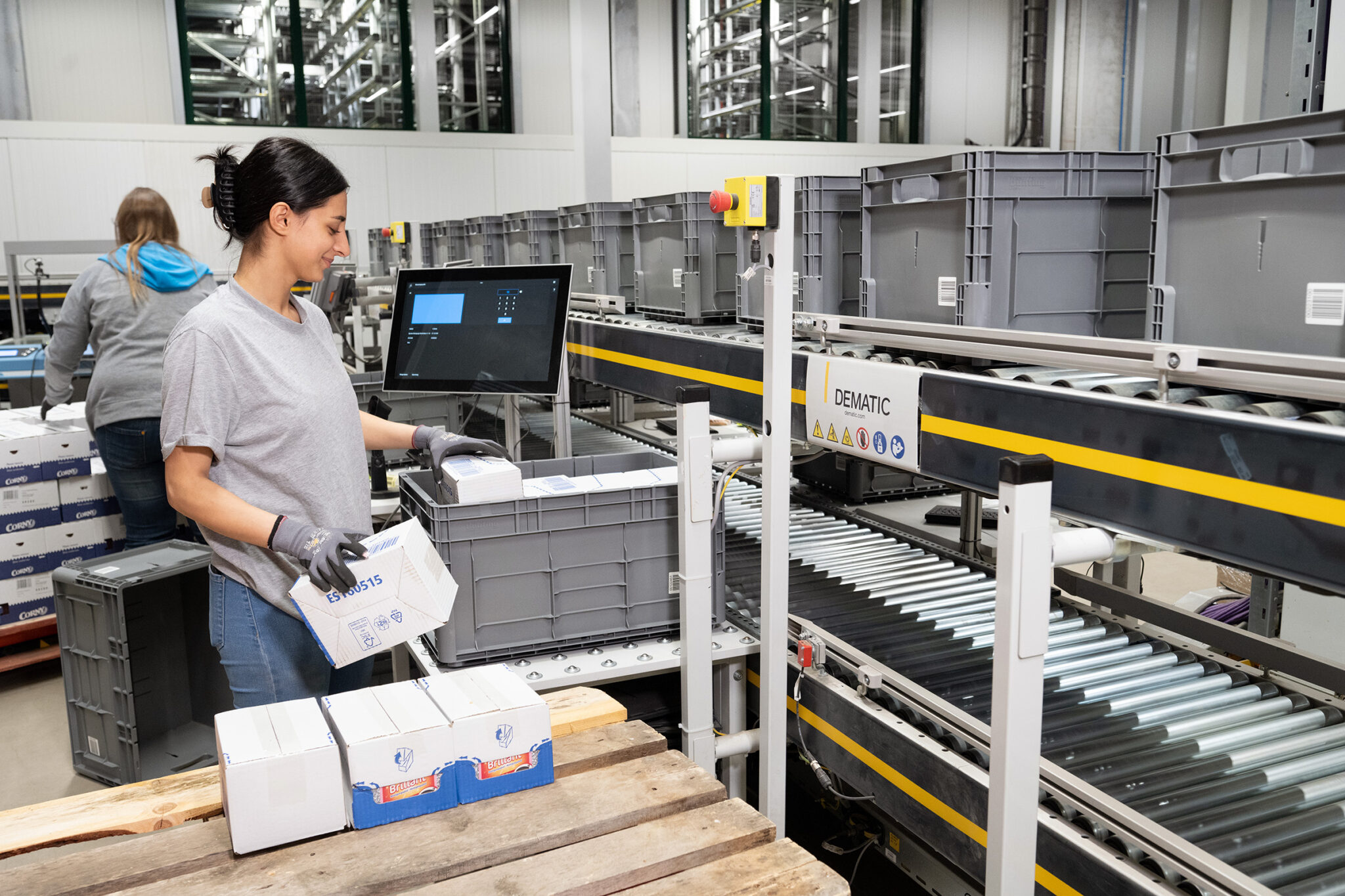Zoomo, provider of last-mile electric fleet solutions, today announced its plans to double down on four-wheeled e-cargo bikes, catering to the needs of the burgeoning urban logistics sector. The announcement sees Zoomo welcome VOK, a provider of automotive- grade cargo bikes, and Fernhay, micro-mobility vehicle solutions provider, to its platform.
Zoomo will offer financing for both Vok and Fernhay vehicles, with full maintenance and its advanced fleet management software which helps businesses track and maintain their delivery fleet. Today’s announcement builds on Zoomo’s recent introduction of EAV to its product line-up, reinforcing the company’s dedication to putting more light electric vehicles (LEVs) on the road.
With the rapid growth of e-commerce and the introduction of anti-car legislation in major cities, the urban logistics sector is actively exploring alternative vehicle form factors to replace traditional delivery vans. Four-wheeled e-cargo bikes are coming out on top, and Zoomo is confident this form factor is meeting the last mile delivery sector’s evolving demands. This is because compared to conventional vans, e-cargo bikes offer faster urban delivery, with the potential to reduce carbon emissions by up to 90%, all while being more cost-effective.
Both Vok and Fernhay e-cargo bikes are tailored to the specific requirements of urban delivery, offering a spacious 2,000-litre cargo capacity and a robust 200 kg payload limit. With a 250W output and supported speeds of up to 25 km/h, these vehicles present an ideal replacement for traditional vans.
Michael Johnson, Co-Founder and CRO, Zoomo, said: “We’re all in on e-cargo bikes as true ‘van-replacers’. We know our customers in urban logistics want this solution to achieve their sustainability goals and drive more efficient deliveries. We have traction from customers around the world, including the likes of Evri, who are reaping the benefits of integrating cargo bikes into their fleets, and we’re determined to build on this momentum.”
Zoomo is resolute in its belief in the future of e-cargo bikes within cities, and that regulation will ultimately favour these form factors, not hinder. The productivity and efficiency gains, such as the ability to circumvent traffic, park without fines, and reduce costs, remain compelling reasons for their adoption. Vok and Fernhay offer unique and compelling solutions for companies seeking to optimise their urban logistics operations.
“The financial and operational infrastructure to support a widespread micro-mobility revolution in the world of city logistics is in its early days and it’s evident that Zoomo is at the forefront here”, says Indrek Petjärv, Vok Bikes Co-founder and CEO. “We could not be happier to join forces and give Zoomo’s customers the possibility to make the switch using our vehicles and in turn bring the administrational flexibility to our own customers.”
Peter Schenkman, Fernhay COO, added: “Our partnership with Zoomo is a significant step towards offering efficient, green, and cost-saving urban logistics. We share a commitment to sustainability and believe that e-cargo bikes can revolutionise last-mile delivery.”
Vok and Fernhay will leverage Zoomo’s global reach in the United Kingdom, Europe, the United States and North America. Furthermore, both existing and future customers of VOK and Fernhay gain access to Zoomo’s extensive service network, telematics-integrated software platform, and financing options.







